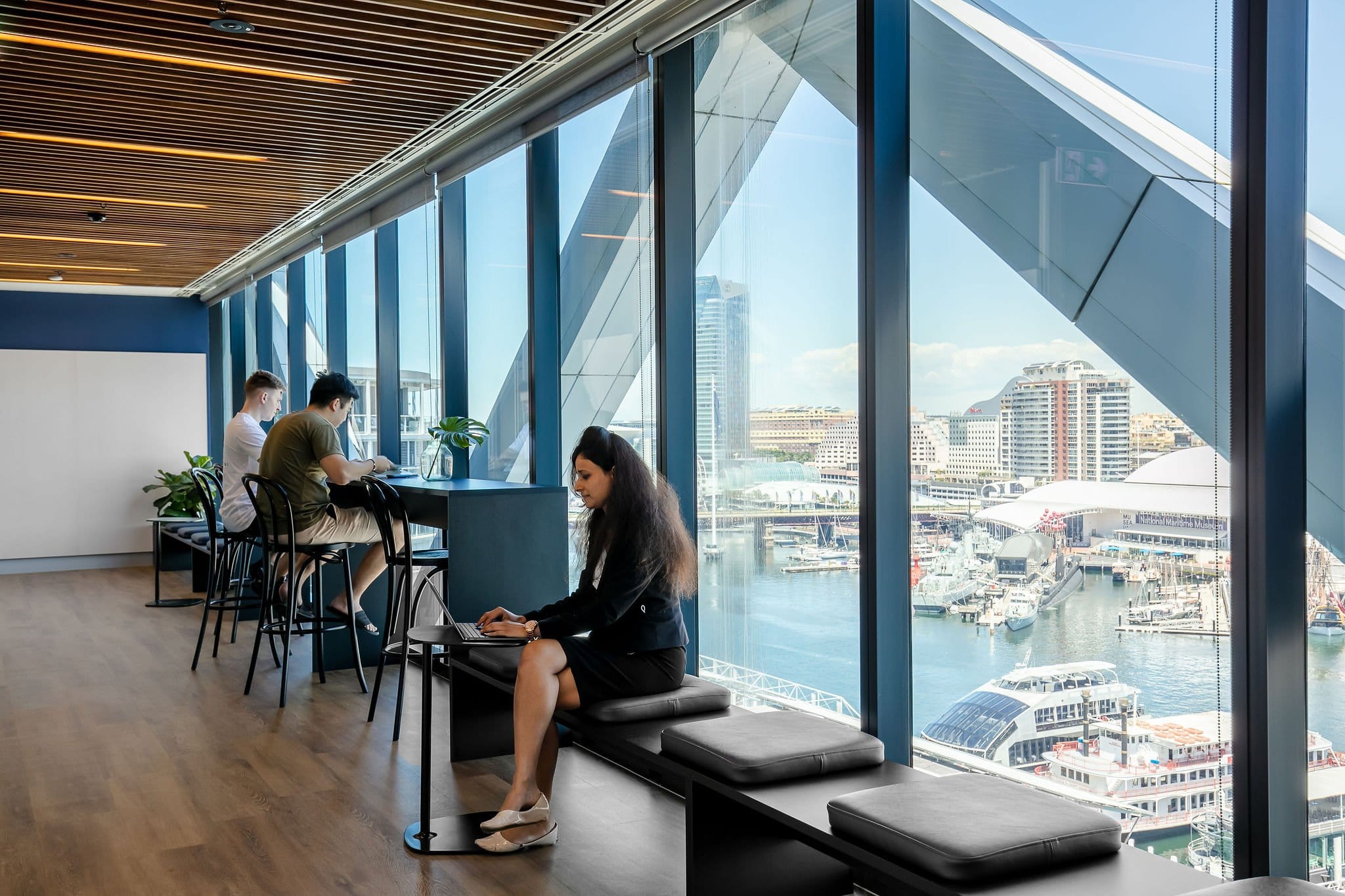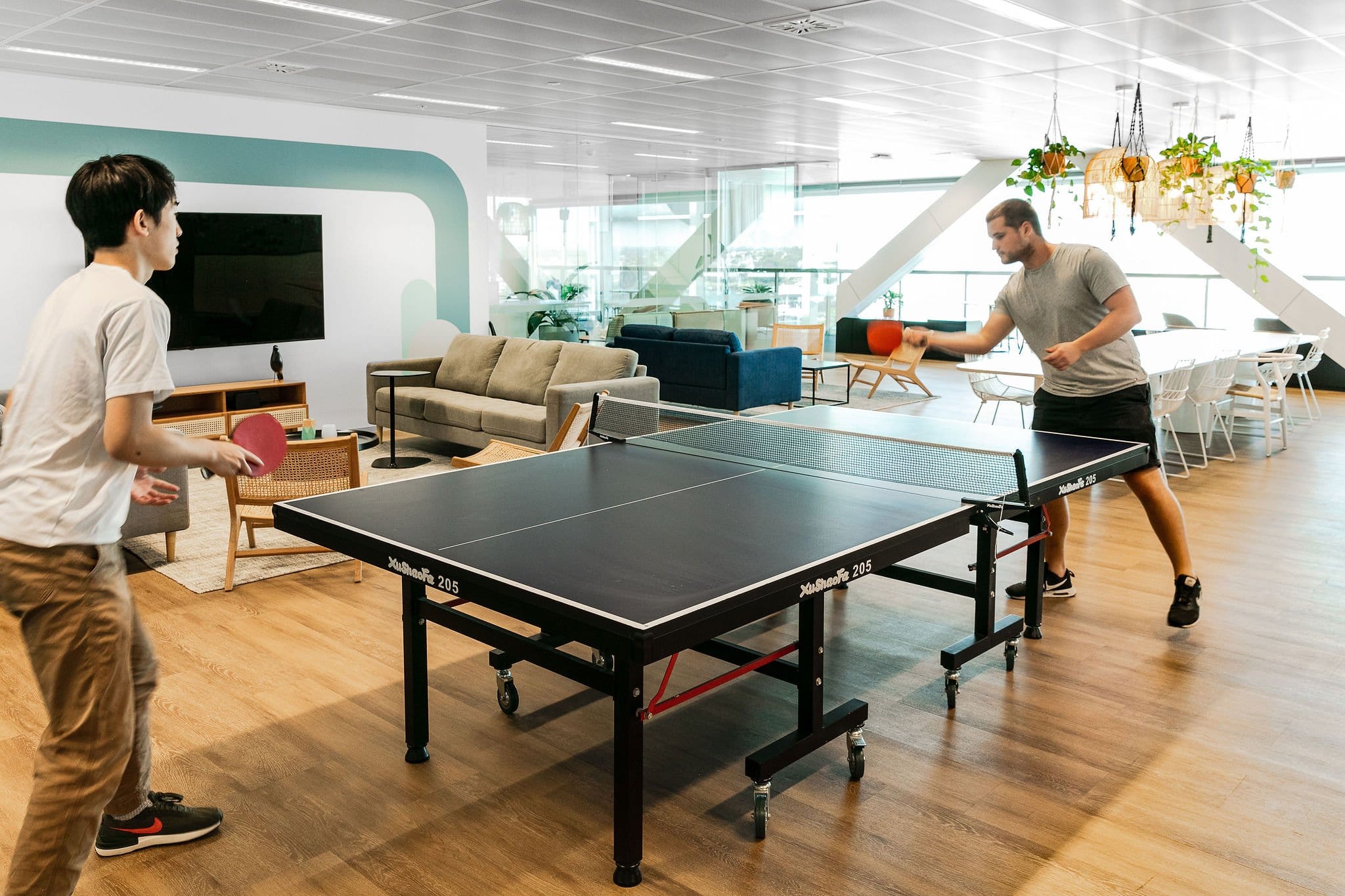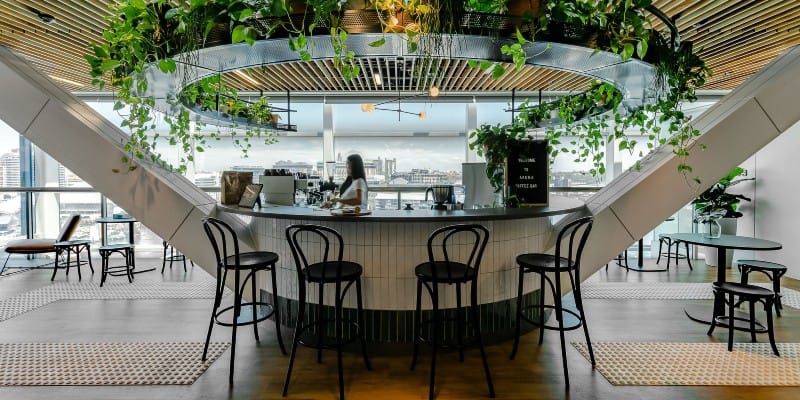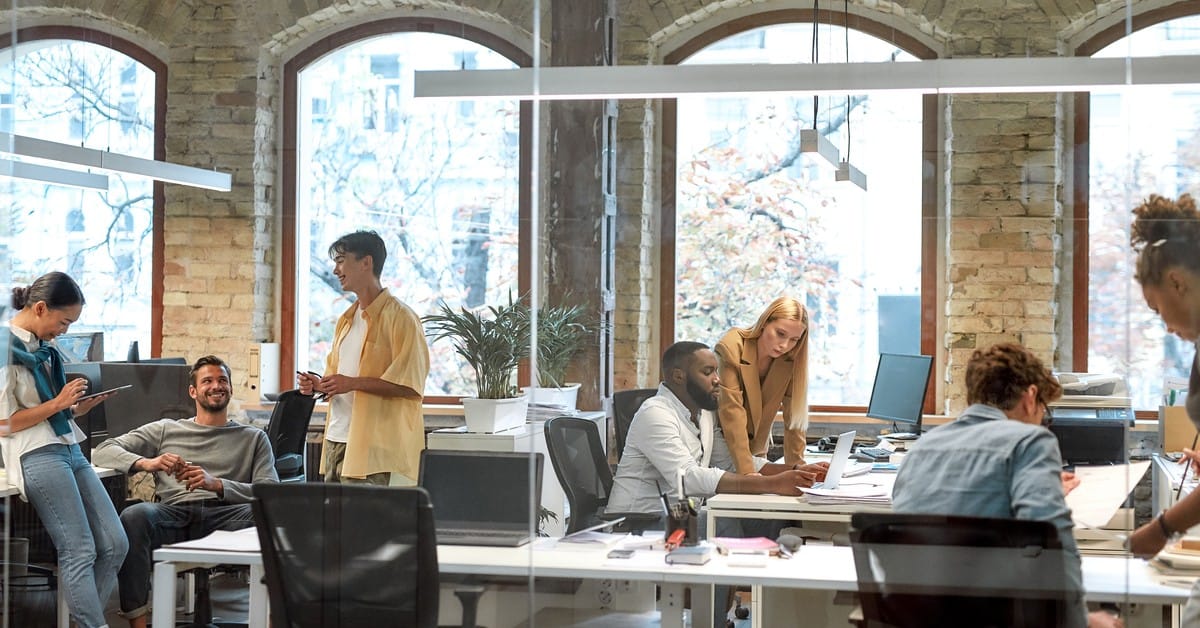Around 59% of people say they’re disengaged from their jobs and this can lead to a barrage of challenges, including staff burnout, lower employee retention and major impediments to company productivity. When staff are engaged, they’re better equipped to fulfil their tasks, remain motivated and display company loyalty. To ensure that your employees remain engaged in their role and committed to your company’s greater mission it is fundamental to keep up with the evolving workplace expectations.
In part 2 of this blog series, we break down the emerging workplace expectations and how organisations can better manage employee engagement to keep up and stay ahead.
Creating a workplace as a service
Like its distant cousin Software as a Service (SaaS), Workplace as a service (WaaS) is driven by technology developments and evolving business demands but is focused on the work environment specifically. WaaS comprises cybersecurity, cloud services, software and hardware like laptops, printers, monitors and phones - so, everything an organisation and its staff needs to function in a workspace. Rather than being bought, these are leased by service providers.
Not only does this offer greater data security, reliability and budget transparency, but this also takes employee flexibility to new heights which in turn, attracts top talent and caters to all working styles. This model allows companies to have a productive, tailor-made space that aligns with the needs and culture of the organisation.
Neurodiverse spaces
Many business leaders are well acquainted with the advantages of having employee diversity spanning across culture, gender, and disciplinary training. Perhaps lesser-known but equally advantageous are the benefits organisations can gain from neurodivergent talent as they bring fresh perspectives to a company’s mission and can recognise opportunities through a new lens. So, designing workplaces that nurture neurodiversity not only allows talent to feel included and function well, it’s an all-important aspect of good business.
Workplaces can be designed to be inclusive of neurodivergent talent; from simple and intuitive wayfinding, to sensory stimulation, to the thoughtful use of colour and light, to limiting noise-induced distractions through considered acoustics.
Hybrid working
Now a widespread workplace expectation across the country, employees have taken a liking to hybrid working and have seen the merit in this model’s flexibility. In fact, 74% of the Australian workforce prefer working in hybrid environments. With this convincing figure, it’s imperative for organisational leaders to provide a variety of tools and resources that cater to both remote and in-office employees.
This involves making technology, culture, security and company programs inclusive and accessible for each individual employee’s working needs. Value is best delivered through a workplace strategy that informs how to keep on-site and off-site teams motivated, engaged and productive.
Smart buildings
Again blending the physical workplace with advanced tech, smart buildings have revolutionised the role of the office to accommodate the workforce of the 21st century. And as tech-wise, Gen Z employees become an increasingly prominent percentage of the workforce, not considering what this demographic needs to be engaged and productive in their work would be a huge misstep for organisations. Smart buildings are an important tool for connecting employees and retaining them. The data obtained from smart building technologies provide insights into usage patterns and preferences and can include tech such as:
- Real-time analytics of how people use spaces to help with the efficient and economical use of resources
- Lighting and temperature control so employees can choose a cool mellow space or a warm, well-lit area to conduct meetings or complete tasks
- Booking systems for tables or conference rooms, plus capabilities to sync schedules with other employees
Collaboration and social interaction
Humans are inherently social beings. That’s why the efforts of creating workspaces that empower employee collaboration often bear fruit and contribute to surges in productivity. As much as 80% of businesses are already experiencing the business efficiency and process enhancing benefits of social interaction and collaboration. What’s more, this can also improve company culture and advance team faculties for critical thinking and problem-solving. Social interaction in the workplace can be achieved by establishing things like:
- Central communication and social channels like Slack
- Creating physical spaces with a variety of relaxed and comfortable seating options
- Investing in tools that aid collaboration and can securely perform data-sharing
- Creating a culture where ideas can be shared and where innovation is welcomed with open arms
As organisations contend for their relevance in the modern working landscape, it will no longer suffice to only manage workplace expectations - rather, it pays to exceed them. Pandemic or not, there were always bound to be transformational changes in the way we work and operate. The clincher then is to embrace the change, embody the willingness to adapt to evolving workplace expectations, and build the agility to respond to what the future holds in this space.
The future is here
The role of the office is different, but it isn’t redundant by any stretch of the imagination. Businesses that recognise and prepare for this shift will remain attractive places to work. Explore more in our future of work in Australia guide.







